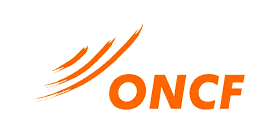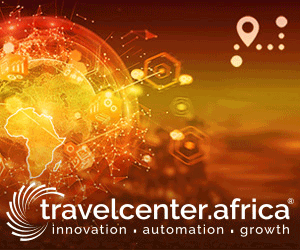 Morocco’s Rail Revolution: A Model for African Connectivity and Sustainable Growth
Morocco’s Rail Revolution: A Model for African Connectivity and Sustainable Growth
As the sun rises over the vibrant streets of Casablanca, the city’s rhythm is already set by commuters weaving their way to work. Among them is Mohamed Al Mamoune, a 30-year-old digital entrepreneur from Senegal, who has made Morocco his adopted business home. Briefcase in hand, Al Mamoune heads to the train station, ready to board a service to Rabat for a key client meeting—a journey that exemplifies the growing reliance of African professionals and businesses on Morocco’s modern rail network.
“Being able to travel easily throughout the country is important. I do most of my trips by train,” Al Mamoune shares. “When I compare it with the cost of road transport, the train is much more economical and environmentally friendly. Plus, it saves me time and helps me find new clients.”
He is just one of millions benefiting from a railway system transformed by sustained investment and a clear national vision. Over the past 15 years, the Office National des Chemins de Fer (ONCF)—Morocco’s rail operator—has spearheaded large-scale infrastructure projects, including Africa’s first high-speed train linking Tangier and Casablanca in just over two hours. But the impact runs deeper than flagship projects: modernization has reached the entire network, with ripple effects for mobility, business, and the environment.
Key to this transformation has been the partnership with the African Development Bank (AfDB). The Bank has provided over €300 million in financing for the expansion of the Tangier-Marrakech corridor, supporting new lines, advanced signaling systems, and modern hubs like the Casa-Port station. A centralized signaling command center now anchors the network’s efficiency and safety.
“The African Development Bank is a historic partner. It has always supported ONCF, since the 1990s,” remarks ONCF Director General Mohamed Rabie Khlie. “Beyond financing at preferential rates, we have benefited from the Bank team’s technical support. They are always attentive to our needs.”
The results are tangible. “The network has undergone a revolution over the past ten years,” explains ONCF’s Director of Engineering, Ahmed Bouhaltit. “From the high-speed line and double tracking toward Marrakech, to triple tracking between Kenitra and Casablanca, plus smarter, more efficient operational systems—travelers now experience more comfort, safety, and punctuality. It’s incomparable!”
Morocco’s rail modernization has also energized the freight sector, a backbone for economic growth and industrial competitiveness. ONCF’s ambitions to double or even triple passenger numbers are matched by a focus on enhancing logistics for sectors like automotive manufacturing, where efficient, reliable transport is key to global supply chains.
Souhail Tantaoui, logistics manager at PSA Morocco—the local subsidiary of the French carmaker—highlights the impact: “The rail network is very important for us. Every day, two trains each carry 280 vehicles. This allows us to evacuate our daily production to the port of Tangier Med for export to Europe and beyond. That’s the equivalent of removing 35 trucks from the road daily.”
Such improvements have strengthened Morocco’s standing as an investment magnet and set a new benchmark for sustainable transport solutions in Africa. For entrepreneurs like Al Mamoune, the network’s expansion is directly linked to business growth: “Morocco’s plan to keep expanding its rail network is great news—it will allow me to grow my business. As an African, I believe our countries should do the same—develop rail. It would help boost their economies.”
Today, Morocco’s railways stand as a symbol of national transformation—modern, reliable, and safe. They have not only enhanced daily mobility for citizens but also attracted new industries, connected regions, and established the Kingdom as a leader in sustainable infrastructure. For the African Development Bank, which continues to invest in Morocco’s transport and logistics sectors, this story is a blueprint for a greener, more integrated, and globally competitive Africa.
As African policymakers and travel professionals look to the future, Morocco’s experience demonstrates the transformative power of rail investment. Improved connectivity drives commerce, reduces environmental impact, and expands access to opportunity—foundations upon which Africa’s next era of economic growth can be built.
